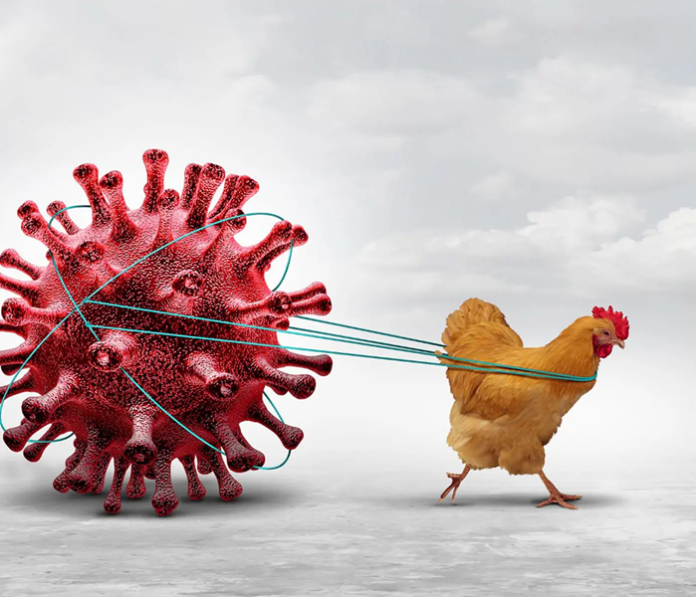The Avian Influenza (H5N1), which began spreading among animal species in 2020, has been confirmed in 81 dairy herds in nine states, while also spreading to humans exposed to infected animals.
Although the H5N1 public health risk continues to remain low, Healthcare Ready — the D.C.-based nonprofit organization that works to help ensure patient access to healthcare in times of disasters — issued a spot report monitoring new information about the spread of the virus.
“In times of uncertainty, unity and knowledge become our strongest advocates to bolster resilience against the spread of H5N1. The impact on the healthcare supply chain can be significant, but by working together and staying informed, we can ensure that essential medical supplies and resources remain available to those who need them most. Our collective efforts are crucial to navigate this response and protect public health,” says Julie Abrams, assistant director of programs and response with Healthcare Ready.
Healthcare Ready’s spot report explains where the virus is most prevalent and what populations are of most concern:
- Since March 2024, three farmworkers in the U.S. have been diagnosed with H5N1, with one case showing mild respiratory symptoms.
- Healthcare providers, especially those providing care in rural areas where workers with direct contact with animals are most likely to seek care, should be equipped to monitor for rising cases, and to provide culturally sensitive education and care in multiple languages.
- The Centers for Disease Control and Prevention’s stance remains consistent in being aware and alert, but not alarmed.
- The U.S. government has two candidate vaccine viruses available for manufacturers for H5N1, which has the potential to be used for making of a vaccine.





